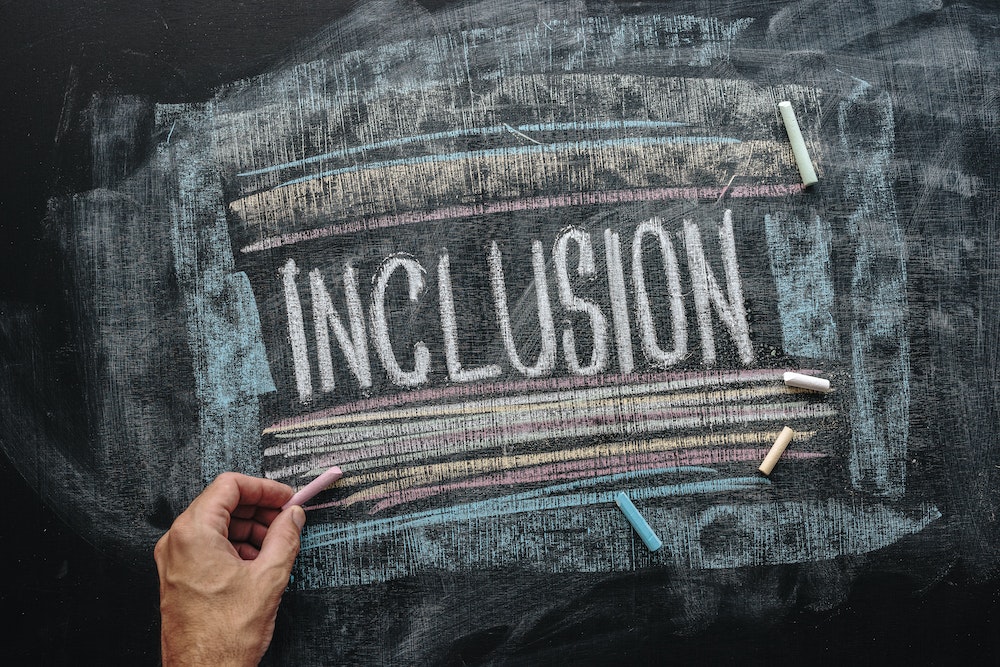How Do Community Supported Exercise Programs Affect the Health Outcomes of Individuals with Disabilities?

Physical activity holds a significant place in the health and wellbeing of all individuals, irrespective of their abilities or disabilities. Regular physical activity can help manage or even prevent chronic diseases, aid in pain management, and foster improved mental health. However, adults with disabilities often face barriers in accessing the necessary support and resources to engage in regular physical training. Community-based programs offer a solution to these challenges, providing structured, supportive environments where people with disabilities can engage in regular exercise.
The Role of Physical Activity in Health
Physical activity is a central component in maintaining health and preventing disease. It can help reduce the risk of cardiovascular disease, diabetes, and certain types of cancer. For those with disabilities, regular exercise can help manage symptoms, improve mobility, and enhance overall quality of life.
A lire aussi : What Are the Best Strategies for Reducing the Environmental Impact of Hospital Waste?
Physical activity is not just about aerobic exercise or intense training regimes. It can involve a range of activities, such as strength training, flexibility exercises, and even recreational activities like gardening or dancing. The key is regular engagement in activities that raise the heart rate, build strength, and improve flexibility.
Health experts recommend adults engage in at least 150 minutes of moderate-intensity aerobic activity each week, in addition to muscle-strengthening activities on two or more days a week. However, these recommendations may not be realistic or achievable for everyone, especially those with disabilities. Tailored exercise programs, guided by professionals who understand the unique needs of individuals with disabilities, can provide a more inclusive approach to physical activity.
Avez-vous vu cela : What Are the Mental and Physical Health Benefits of Regular Participation in Adventure Sports?
The Importance of Community Support and Exercise Programs
Community support plays a crucial role in helping individuals with disabilities engage in regular physical activity. Community-based exercise programs provide a structured, supportive environment where individuals can participate in regular exercise sessions, tailored to their unique needs and abilities. These programs often involve a range of activities, from aerobic exercises and strength training to flexibility exercises and recreational activities.
These community-based programs can also provide social benefits. Participating in group activities can foster a sense of community and belonging. It can help individuals with disabilities feel more included and less isolated, contributing to improved mental health and wellbeing.
Research has shown that community-supported exercise programs can lead to significant health improvements for adults with disabilities. A study published in the Journal of Physical Activity and Health found that participants in a community-based exercise program reported improved physical fitness, reduced pain levels, and better self-reported health status.
Challenges in Accessing Physical Activity for Individuals with Disabilities
Despite the benefits of physical activity, adults with disabilities often face barriers in accessing regular exercise. These barriers can be physical, such as lack of accessible facilities or equipment, or they can be social, such as stigma or lack of understanding about the abilities and needs of individuals with disabilities.
Community-based exercise programs can help overcome these barriers. By providing accessible facilities, supportive staff, and tailored exercise programs, these interventions can make physical activity more inclusive and achievable for individuals with disabilities.
The Impact of Community-Supported Exercise Programs on Health Outcomes
Community-supported exercise programs can significantly influence the health outcomes of individuals with disabilities. By providing tailored, accessible exercise opportunities, these programs can help manage chronic disease, reduce pain, and improve mental health.
Research shows that adults with disabilities who participate in community-based exercise programs can experience significant health improvements. A study published in the American Journal of Preventive Medicine found that participants in a community-supported exercise program experienced improved cardiovascular fitness, increased muscular strength, and reduced symptoms of depression. Furthermore, participants reported better quality of life and increased participation in daily activities.
Community-supported programs not only improve physical health but also enhance mental health and wellbeing. Engaging in regular physical activity can reduce symptoms of depression, improve mood, and enhance self-esteem. Community participation in these programs can also foster social inclusion and reduce feelings of isolation, contributing to better mental health.
The Future of Community Supported Exercise Programs
The potential impact of community-supported exercise programs on the health of adults with disabilities is clear. These interventions provide a promising approach to promoting physical activity and improving health outcomes for this population.
However, more work is needed to ensure these programs are widely available and accessible to all individuals with disabilities. This will require ongoing advocacy, funding, and research to understand the most effective program designs and delivery methods.
The future of these programs also depends on a broader societal shift towards more inclusive attitudes and practices. This includes removing physical barriers to participation, challenging stigma and misconceptions, and recognizing the abilities and potential of individuals with disabilities.
In the end, the goal is not just to promote physical activity among individuals with disabilities, but to create inclusive communities that support the health and wellbeing of all members.
Overcoming Barriers through Community-Based Exercise Programs
Overcoming barriers to physical activity for individuals with disabilities is a crucial step in promoting their overall health and wellbeing. Community-based exercise programs play a significant role in this regard. These programs are designed to ensure that persons with disabilities have access to tailored physical activities that suit their unique needs and abilities.
When we talk about barriers, they can be either physical, like inaccessible facilities or unsuitable equipment, or social, such as stereotypes and lack of understanding about the capacities of individuals with disabilities. The community-based exercise programs aim to address these challenges by providing accessible facilities, supportive staff, and specially designed activities.
A study published on Google Scholar found that participation in community-based exercise programs led to improved mobility, increased strength, reduced pain and better mental health among adults with disabilities. This was the result of regular moderate-intensity aerobic physical activities and strength training sessions held as part of these programs.
Besides, these programs also provide a platform for social interaction, creating a sense of community among participants. This social support aspect is elemental in fostering a sense of inclusion and belonging, which in turn, contributes to the mental health of persons with disabilities.
Overall, community-based exercise programs are making physical activity more achievable and inclusive for individuals with disabilities, thereby significantly impacting their health outcomes.
Conclusion: Building Inclusive Communities through Exercise
In conclusion, community-supported exercise programs are proving to be an effective way to promote physical activity among individuals with disabilities. These programs are tailored to meet the unique needs of each participant, ensuring that they can engage in regular physical activity that suits their abilities.
The result is not just improved physical health outcomes, such as better management of chronic diseases, improved mobility, and reduced pain levels, but also improved mental health. Regular engagement in these programs can help reduce symptoms of depression, improve mood, and enhance self-esteem.
Moreover, the sense of community fostered by these programs contributes significantly to the overall wellbeing of the participants. They provide a platform for social interaction and mutual support, helping to reduce feelings of isolation and foster a sense of belonging.
Looking ahead, the potential of community-supported exercise programs to transform the health outcomes for individuals with disabilities is immense. However, more needs to be done to ensure these programs are accessible to all individuals with disabilities, irrespective of where they are located. This requires continued advocacy, adequate funding, and exhaustive research to understand the most effective program designs and delivery methods.
The future of these programs depends on creating inclusive communities that recognize and value the abilities of individuals with disabilities. This calls for removing physical barriers and challenging societal stereotypes and misconceptions. Ultimately, the goal is to create a society that supports the health and wellbeing of all its members, fostering a sense of belonging and inclusion for everyone.
As we reflect on the impact of these programs and look to the future, the powerful words of an individual with disability who participated in a community-based exercise program resonate strongly, "I can now do things I thought I could never do. I am stronger, healthier and happier. I am no longer defined by my disability but my abilities".
